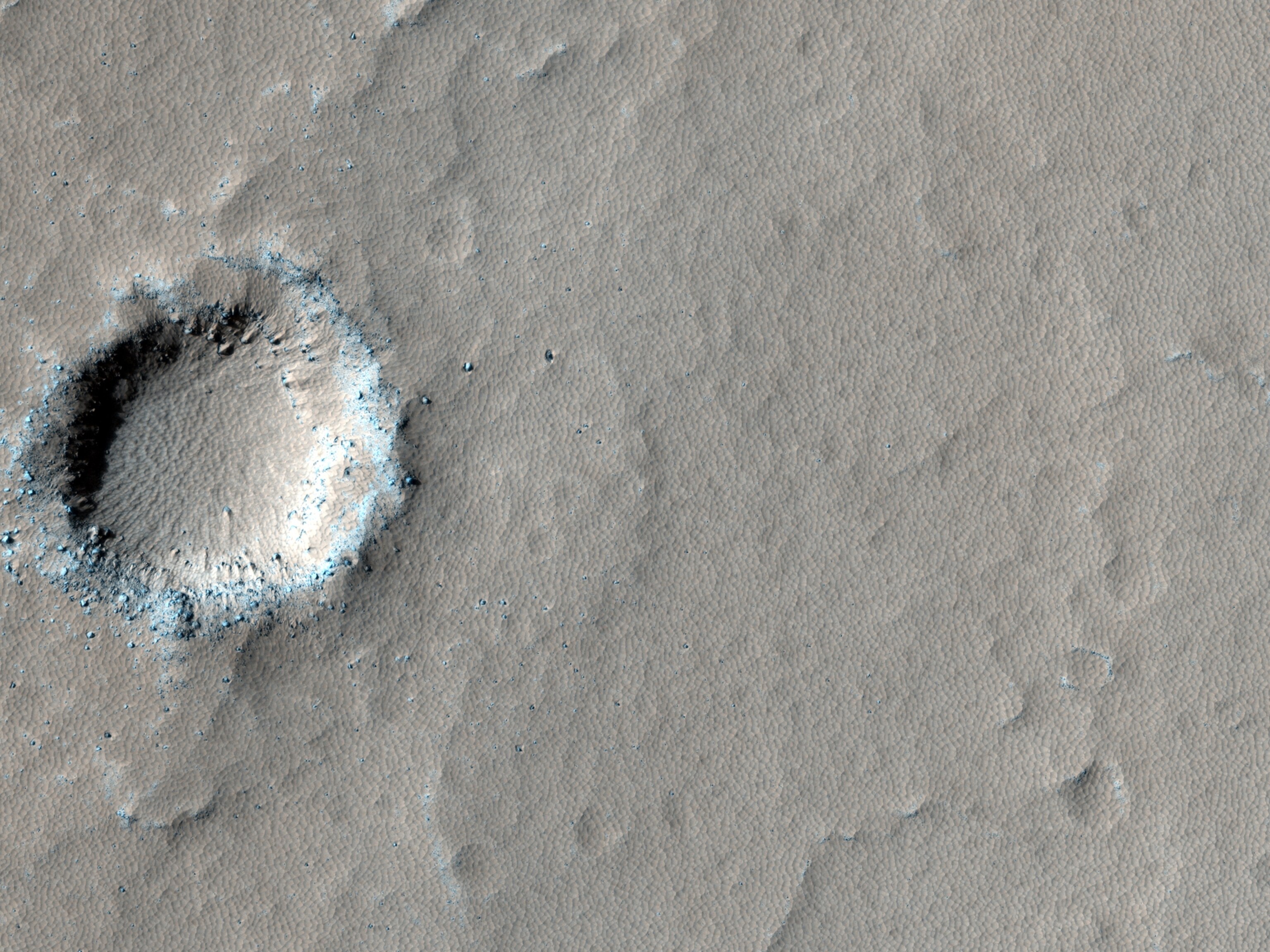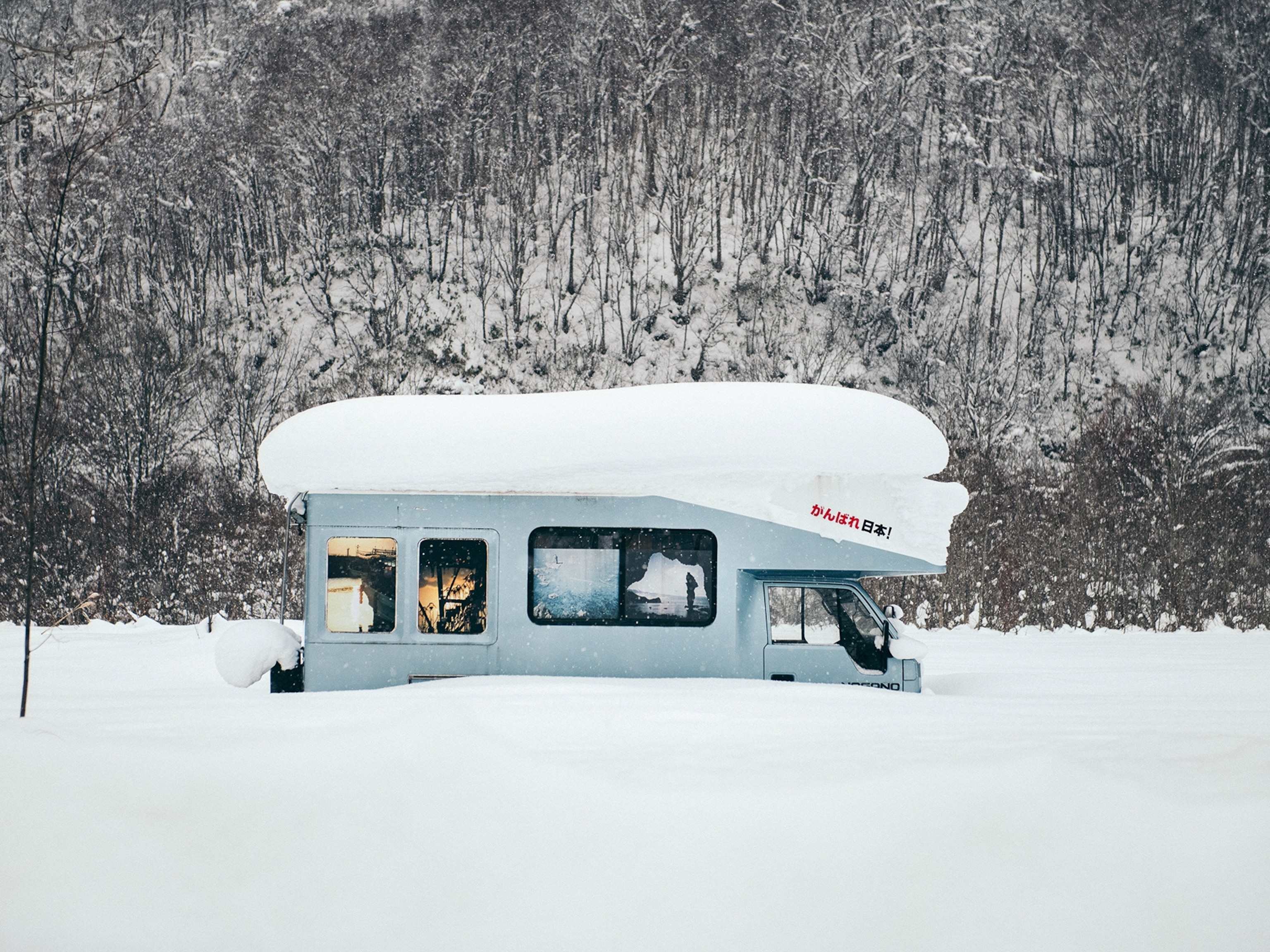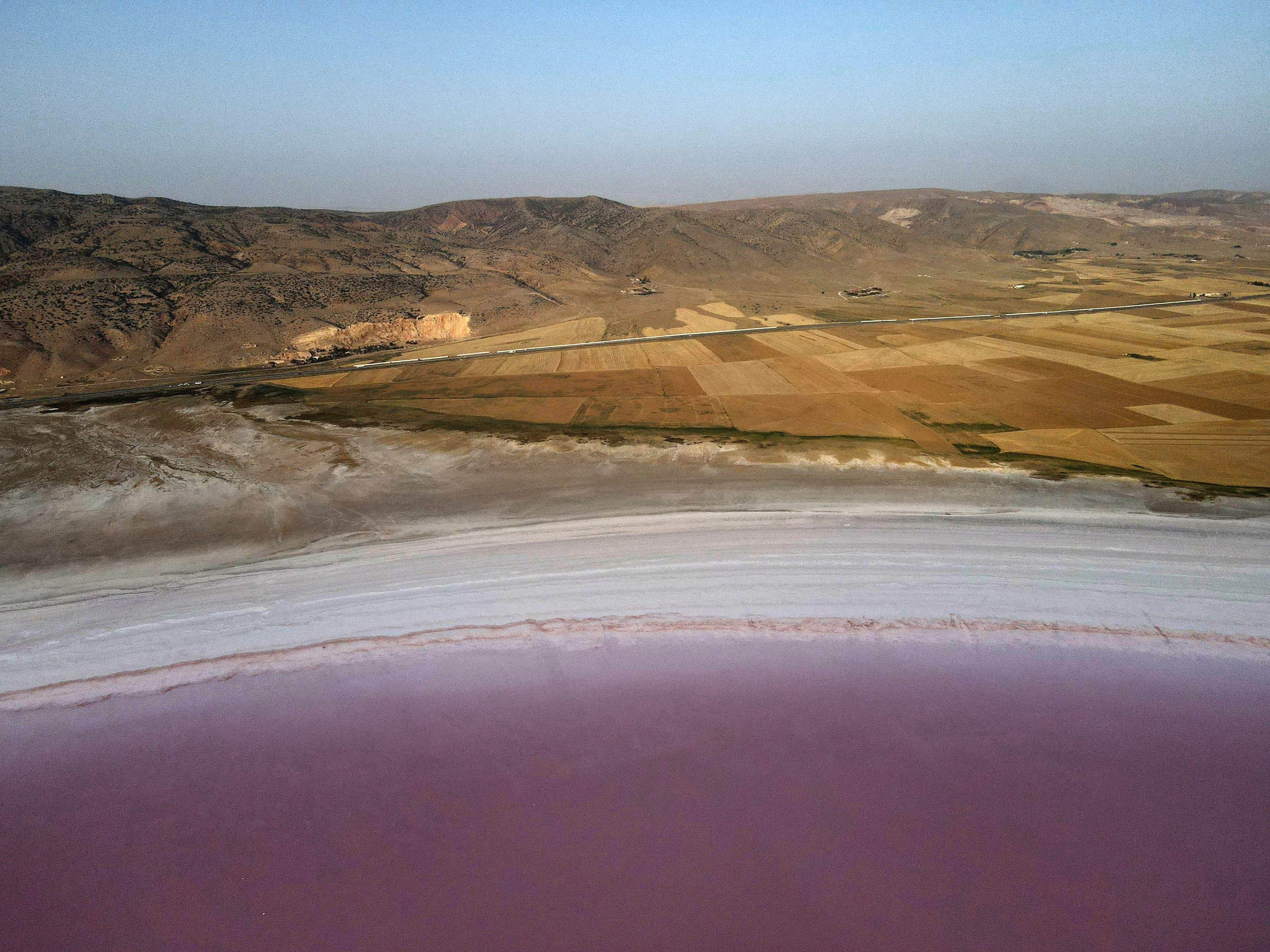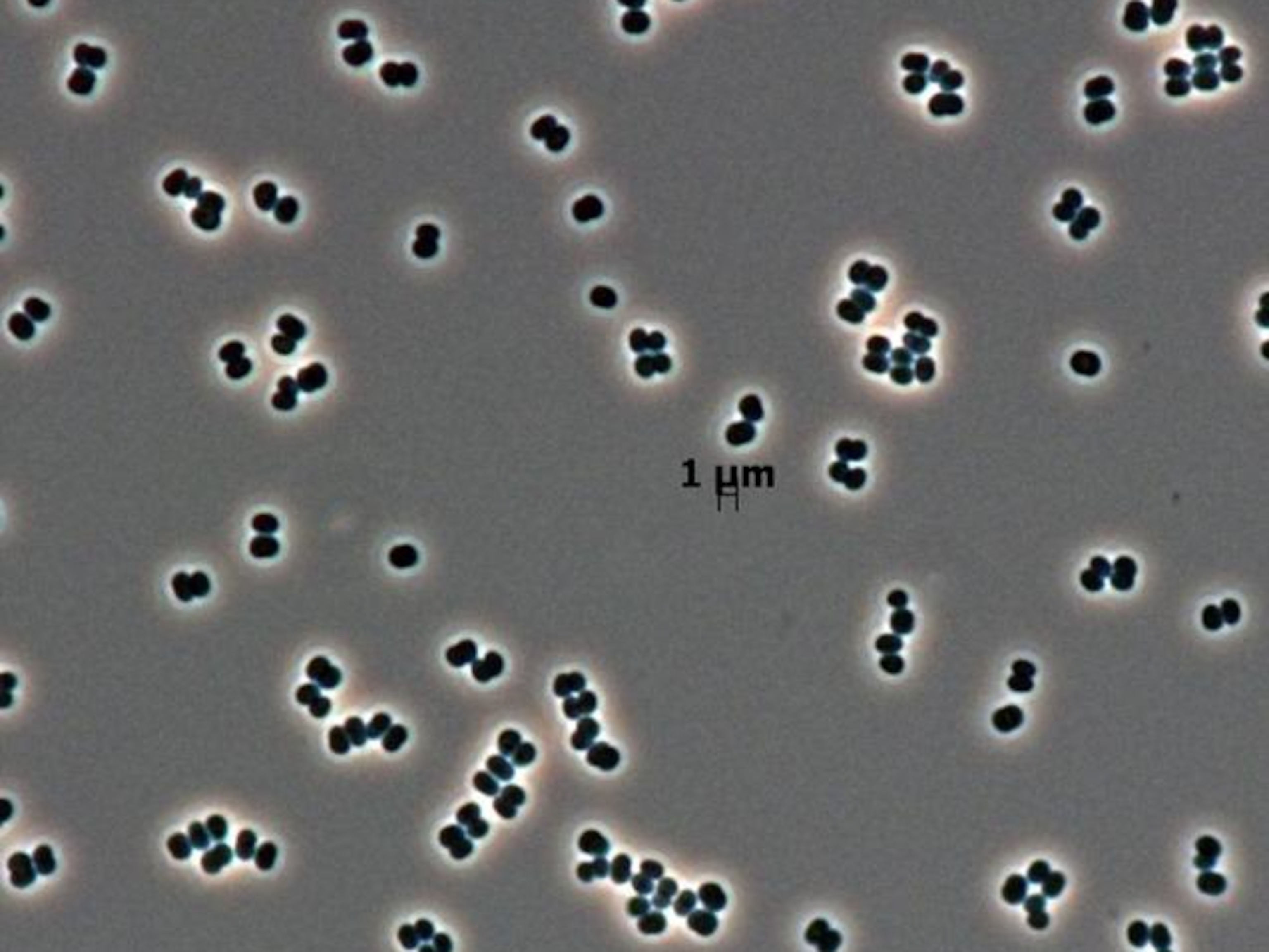
Martian Volcano May Once Have Hosted Life-Friendly Lakes
Lakes inside a glacier may have been oases for Martian microbes 210 million years ago.
Thanks to a series of discoveries made over the past year by the Curiosity and Opportunity rovers, planetary scientists are more confident than ever that the Martian surface probably had abundant water more than three billion years ago. And where there was water, there may also have been life.
But a new study published in the June 15 issue of the journal Icarus argues that liquid water was present on Mars as recently as 210 million years ago, in the form of huge lakes nestled inside glaciers on the flanks of the volcano Arsia Mons.
Such lakes "have been mentioned as a possibility before," said the study's lead author, Kathleen Scanlon, a graduate student at Brown University. "But nobody had looked into it in detail."
Arsia Mons, almost twice the height of Mount Everest, is Mars's third highest mountain. When Scanlon started her studies of the massive, extinct volcano, she wasn't looking for lakes. She was trying to characterize fan-shaped deposits on the mountain's flanks.
The deposits, scientists concluded a decade or so ago, come from long-vanished glaciers grinding against the mountainsides. The glaciers had flourished when the planet's axis tilted more acutely toward the sun, allowing ice to form in what's now an equatorial region, and then vanished about half a million years ago.
Scanlon was examining images from the Mars Reconnaissance Orbiter satellite when she noticed a couple of strange-looking mounds atop the deposits. "They're like thin, flat pancakes," she said, "maybe 150 or 200 meters high, with steep sides." These pancakes would be an important clue.
Lakes and Lava
Scanlon didn't know what might create the odd formations on Arsia Mons, but she did know that the mountain had been volcanically active at the same time that glaciers had covered its slopes. "So I read papers about volcano-ice interactions on Earth," she said.
Similar pancake-like landforms can be created on Earth when a volcano erupts beneath a glacier. Since the erupting material is hot, the ice naturally melts. If the glacier is thick enough, the top of the glacier stays frozen. Lava spreads underneath, forming a thin layer surrounded by water. That water is known as an englacial lake.
When the glacier melts, a solid lava pancake is left behind. Scientists can calculate the size of the lake the hot lava would have created from the size of that pancake: "A wad of lava this big has this much heat," Scanlon said. "You put this much ice around it, you get this much water."
One of the Martian englacial lakes, she calculated, would have been about a third the volume of Lake Tahoe; the other would have been about half that size. Both lakes would have eventually refrozen, in anywhere from a few hundred to about 8,000 years.
Water Does Not Equal Life
Hundreds or even thousands of years probably wouldn't be enough time for life to have arisen from nonliving organic molecules. But any life that may have lived in those lakes need not have gotten its start there, Scanlon noted.
During the period being probed by the Mars rovers, the entire planet was much warmer and wetter than it is now. Life could have originated in that time, and then microbes could have retreated below the surface when the planet dried out starting about three billion years ago. It's possible that those microbes could have colonized the englacial lakes.
"The lakes could have been an oasis," said Scanlon.
The lakes would have had to contain more than just water if they were to have served as such, though. "Water alone won't drive metabolism," said John Priscu, a Montana State University astrobiologist who led the team that found bacteria in a subglacial lake in Antarctica last year. "Where do they get their carbon and energy?" he said. Those are also necessary for life.
Even if these lakes persisted for hundreds or thousands of years, there's absolutely no evidence that bacteria inhabited them. And there's still no evidence yet that life ever existed anywhere on Mars.
But the fact that liquid water was present on the Martian surface billions of years after the planet had mostly dried out is a reminder that this life-sustaining substance can exist in places where nobody would have imagined it a few decades ago—on Jupiter's ice-covered moon Europa, for example, and on Saturn's moon Enceladus. This latest discovery is more good news in the continuing search for extraterrestrial life.
Follow Mike Lemonick on Twitter.





